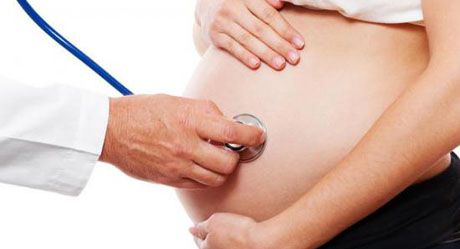What are they and how do they impact fertility?
Fibroids are the most common anomaly in the uterus. They are benign tumors that consist of smooth muscle fibers and fibrous tissue. The exact causes of the condition are not known. Their growth is affected by hormones, namely estrogen and progesterone, while heredity is also a risk factor.
It is estimated that no less than 1 in 4 women will develop fibroids once in their lifetime. It occurs most often between the ages of 22 and 55. They may be small, measuring approx. 1 cm, or large as they can grow up to 15 cm.
Fibroids are termed based on their growth site. They may grow either inside the uterus (termed “intramural fibroids”), beneath the endometrium (submucosal fibroids) or hang from a peduncle (subserosal or pedunculated fibroids). They may also be found in the cervix.
What are the symptoms?
Only one in three women will develop symptoms. These might be irregular bleeding from the uterus, irregular periods, leg pain and back pain, incontinence, frequent urination, and constipation.
Fibroid growth in the uterus may cause infertility either due to mechanical obstacles that may lead to narrowing, malformation, or obstruction of part of the uterus or fallopian tubes, or due to hostile endometrium that does not allow implantation of the fertilized egg.
Fibroids may also lead to miscarriage. However, most pregnancies will progress without problems.
How to treat fibroids
In order to treat fibroids, we must know their exact location. Diagnosis is achieved through ultrasound as well as CT or MRI screening. If fibroids are smaller than 10-12 cm, they may be removed via laparoscopy. Medical treatment is also an option. In such case, the doctor may prescribe a progesterone regimen or contraceptives.







